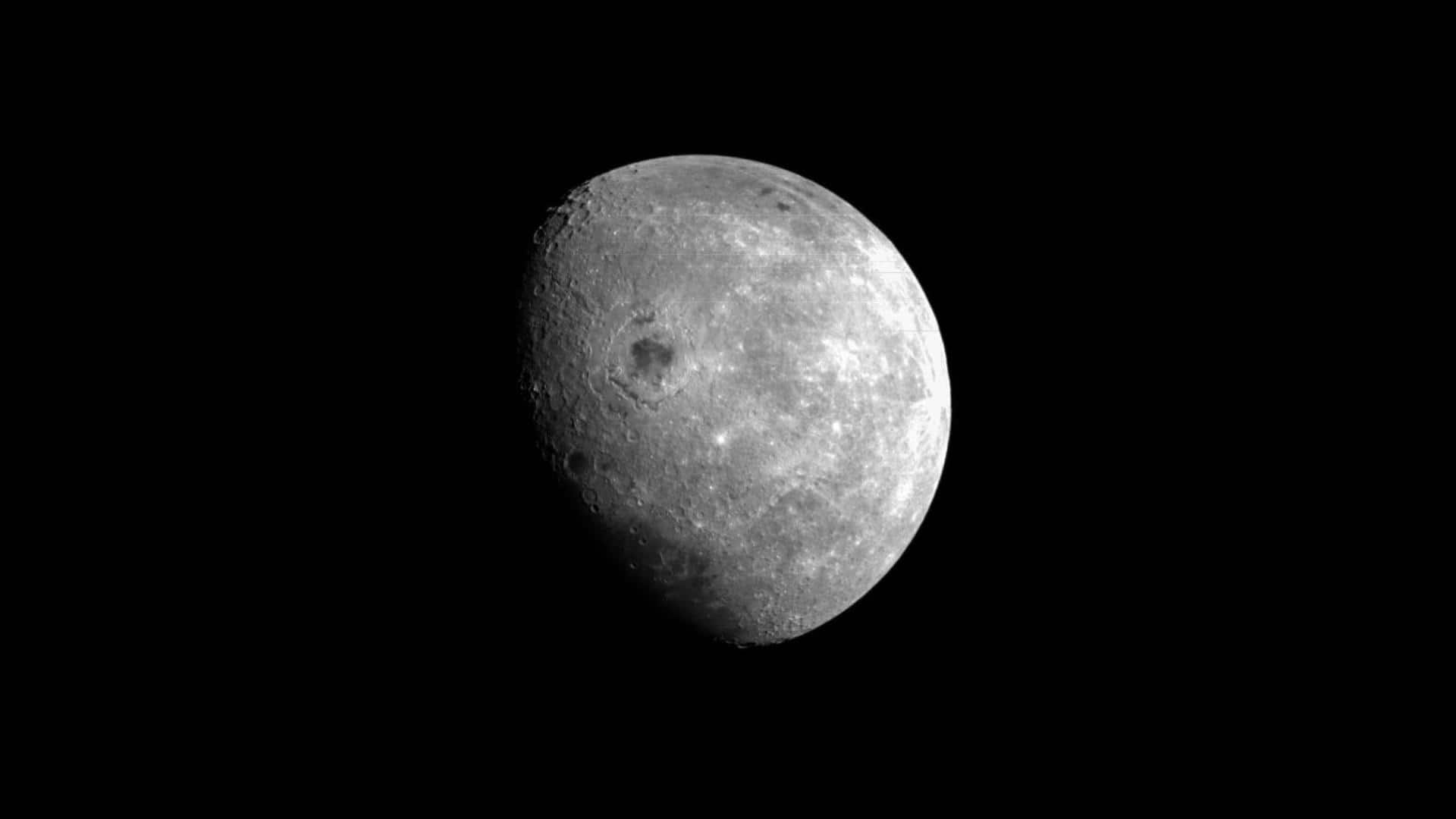
China plans to launch a Moon-orbiting telescope by 2026
What's the story
China has come up with a rather novel idea to study the Moon. The China National Space Administration(CNSA) is working on a Moon-orbiting telescope, which will "open a new window" into the universe and help study the cosmic body like never before. This plan, dubbed "Discovering Sky at the Longest Wavelength," or Hongmeng Project, could launch in 2026 if everything goes according to plan.
Context
Why does this story matter?
Lunar exploration has garnered tremendous pace in the past few decades. While NASA's Artemis mission has received a fair deal of interest, there are several other missions to the Moon which are picking up pace, one of them being China's Moon-orbiting telescope. These upcoming lunar missions are bound to greatly enhance what we know about Earth's only natural satellite.
Mission
Moon-orbiting telescope will comprise one "mother" and 8 mini satellites
China aims to place a small constellation of satellites that will circle the Moon in the same orbit and would function as a radio telescope. This Moon-orbiting satellite constellation will comprise one "mother" satellite and eight mini "daughter" ones. The supporting satellites will detect radio signals from distant cosmic objects and transmit them to the main satellite, which would relay data to Earth.
Idea
NASA also wants to set up a telescope on Moon
The CNSA team claims that setting up a Moon-orbiting constellation of satellites would be far more feasible than placing a telescope directly on the Moon's surface. It is worth mentioning that NASA and several other space agencies are already considering the idea of setting up a telescope on the lunar surface but it is not without its drawbacks.
Information
Several challenges are associated with placing a telescope on Moon
For one, setting up a telescope on the Moon requires a large infrastructure that would have to be shipped from Earth, after which astronauts would have to set it up. Not only is this time-consuming, but also expensive.
Official words
'The engineering is simpler for a Moon-orbiting telescope'
The engineering is simpler for Moon-orbiting telescope compared to one placed on lunar surface, per Xuelei Chen, from CNSA. "....Because the lunar orbital period is two hours, we can use solar power, which is much simpler than doing it on the lunar surface, which, if you want to observe during the lunar night, then you have to provide the energy for almost 14 days."
Implications
The telescope may provide insights into the universe's "Dark Ages"
One of the most significant advantages the Moon-orbiting telescope will provide is that it will allow astronomers to track signals from a particular region of the electromagnetic spectrum. These observations may provide insights into a period of time in the early universe, called the Dark Ages—the first few hundred million years after the Big Bang when the universe was completely dark.
Official words
'Astronomers want to open this electromagnetic window of the universe'
"If you are looking into the low-frequency part of the electromagnetic spectrum, you'll find that, due to strong absorption [by Earth's atmosphere], we know very little about [the region] below 30 megahertz," said Chen. "It's almost a blank part of the electromagnetic spectrum. So we want to open this last electromagnetic window of the universe," Chen added.
Information
The telescope will examine the far side of the Moon
In addition, the telescope will examine the Moon's far side. The moon's far side is believed to be the most "radio-quiet place," in the solar system, and may provide mysterious electromagnetic signals that astronomers are hoping to find.